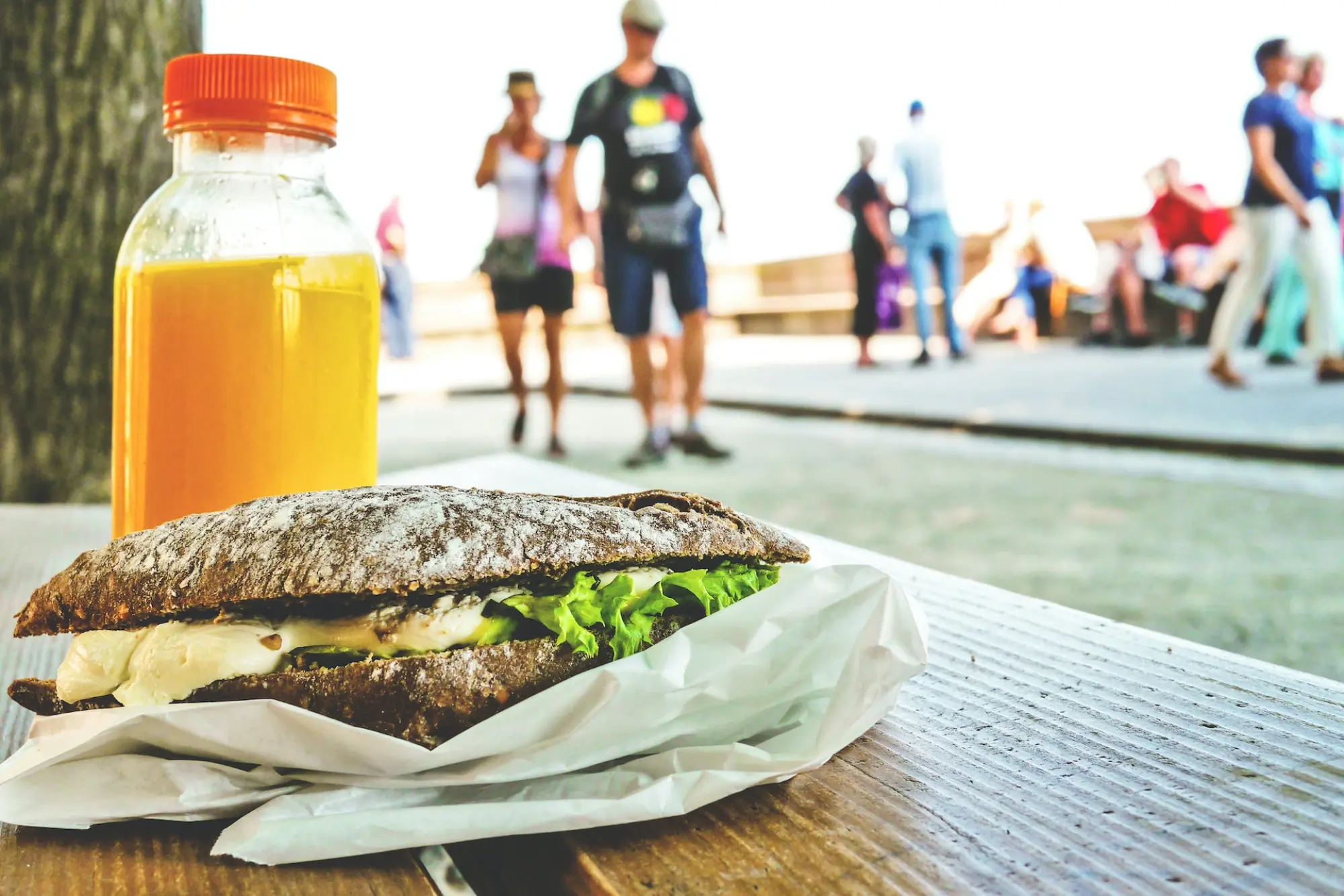What are nutrition claims?
Nutrition claims are any suggestion or statement to say that a food has a particular nutritional composition or provides a particular nutritional benefit.
Nutrition claims on foods can help busy shoppers to decide between products as they provide information that can support efforts to eat healthier. However, knowing what you can and can’t say about your food product can be complicated and time consuming as the use of nutrition and health claims is highly regulated
Examples of common nutrition claims and their conditions of use:
‘Low in Fat’ – This claim can be made for any food that contains no more than 3g of fat per 100g of solid food, 1.5g fat per 100mls of liquid or 1.8g of fat for semi-skimmed milk.
‘Source of Vitamin C’- This claim can be made for any food that contains at least 15% of the labelling reference intake value (RI) for vitamin C per 100g of solid foods or 7.5% of the RI per 100ml of beverages.
The European Commission have established a list of permitted nutrition claims that can be made once specific conditions of use are met. A full list of these nutrition claims can be found in the annex to the legislation on Nutrition and Health Claims.
When can you not make nutrition claims?
It’s important to note that claims may not be used on foods that are high in fat, saturated fat, trans fat, sugar or salt (HFSS).
It is necessary to consider the nutrient profile of foods before you decide to use a claim. It’s important that what you say about your product doesn’t mislead the consumer. Therefore, it isn’t appropriate to make nutrition claims about HFSS foods that we are advised to limit for a healthy diet.
Here are some examples of nutrition claims you could make on HFSS foods if nutrient profiles weren’t considered.
Due to the high saturated fat and sugar content of these foods, it’s clear that making nutrition claims on them would be misleading to consumers.
Knowing if your product can make a nutrition claim can be difficult but we’ve got your back! Nutritics have built in the conditions for nutrition claims that are outlined in the legislation AND consider your nutrient profile. This means that when you use Nutritics, nutrition claims are determined for your food or recipe and will be automatically suggested for you.
Some things are unacceptable when making a nutrition claim on your food product.
Be careful that your claims are not:
- False or misleading
- Cast doubt over the safety or nutritional adequacy of other foods
- Suggest that a balanced diet cannot provide adequate quantities of nutrients
- Give rise to or exploit fear in the consumer(Article 3 1924/2006)
- Suggest that a food could treat, prevent or cure a disease (Article 7.3 1169/2011)
Make sure that your claims are:
- Easy to understand
- Based on accepted science
- Based on the food ready for consumption
- Compliant with specific conditions provided for in the Regulations (Article 5 1924/2006)
What legislation governs nutrition claims?
In Europe, general principles of food law are defined by Regulation (EC) No 178/2002. Food labelling is more specifically regulated by Regulation (EC) No 1169/2011 and Nutrition and Health Claims are regulated by Regulation (EC) No 1924/2006.
Article 4 of 1924/2006EC provides for the setting of nutrient profiles for different categories of foods. The setting of nutrient profiles is currently open for consultation and any interested parties can find out more or submit comments via the European Commission. In the absence of harmonised rules regarding nutrient profiles in Europe, Nutritics have used the criteria adapted for UK Front of Pack traffic light labelling. Only nutrition claims provided for in the annex of EU Regulation 1924/2006 are allowed to be used on foods.
What about making “free from” nutrition claims?
EU Regulation 1169/2011 sets out rules for labelling foods and states that ingredients that can cause an allergic reaction in sensitive people must be highlighted to allow these vulnerable consumers to make informed choices.
However, just because you don’t use a particular allergenic ingredient in your food doesn’t mean that you can make a ‘free from’ or ‘low in’ claim. Permissible ‘free from’ and ‘low in’ claims are outlined in the annex of EU Regulation 1924/2006 and include ‘low sugar/sugar-free’, ‘low fat/fat-free’ and ‘low salt/salt-free’. If you want to make a ‘gluten-free’ claim, your product must comply with legislation that defines the actual amounts of gluten that can be present in your food to allow you to use this claim.
It is not advisable to use ‘gluten-free’ claims without regular testing of your product to ensure compliance with the limits outlined in the legislation. This is important to protect very vulnerable consumers who suffer from coeliac disease and can be very sick if they are exposed to even very small amounts of gluten.
How can Nutritics help with making nutrition claims?
Using Nutritics software, anyone can easily analyse their recipes for over 125 different nutrients and based on this analysis the nutrition claims you are eligible to make will automatically be generated for you if certain nutrient thresholds are met and your recipe contains the right amounts of sugar, fat and salt. Nutritics also allows you to analyse costs, suggests changes for recipe reformulation to meet nutrition targets and automatically bring allergens that may be present to your attention. You can use Nutritics to create compliant labels, too!
